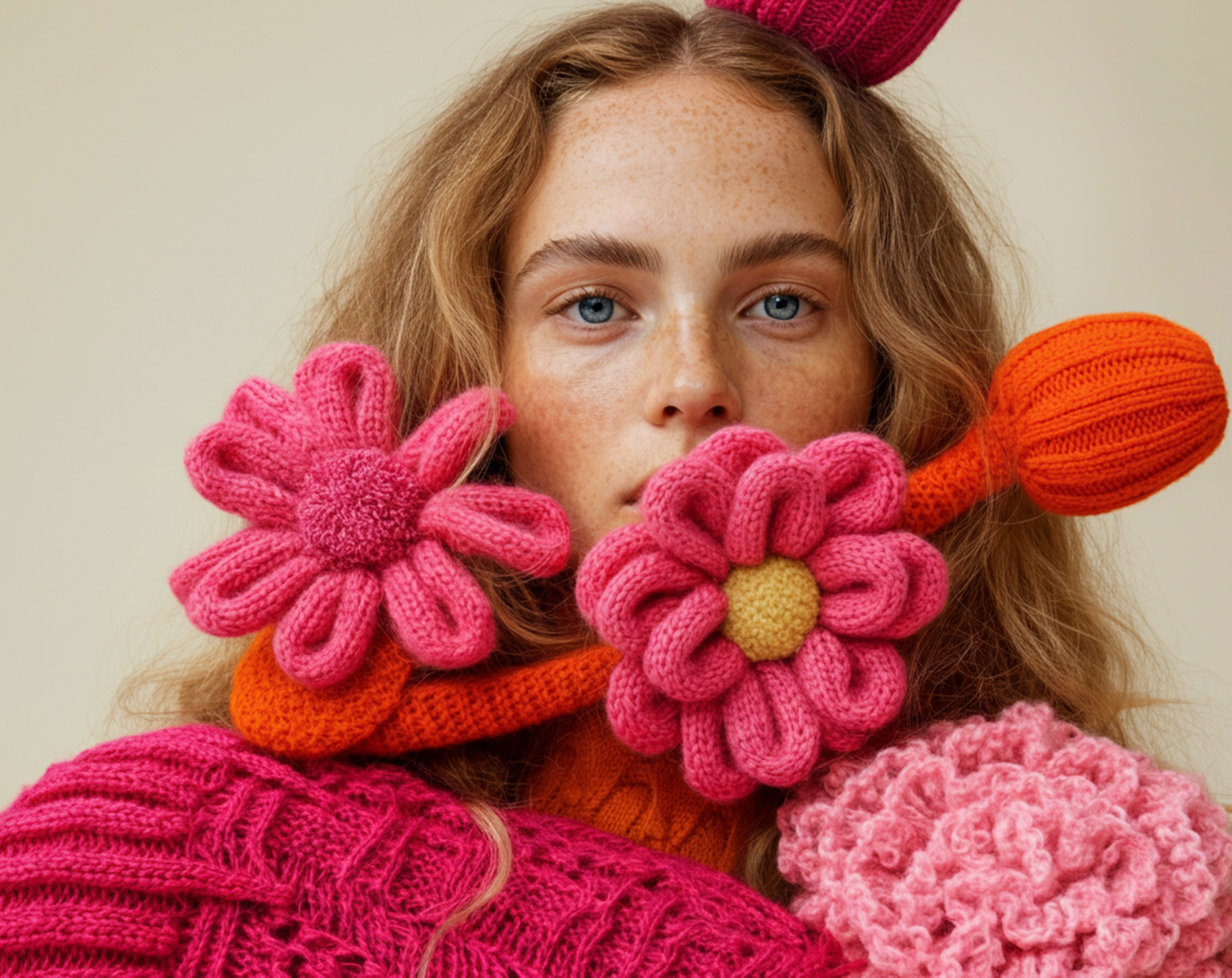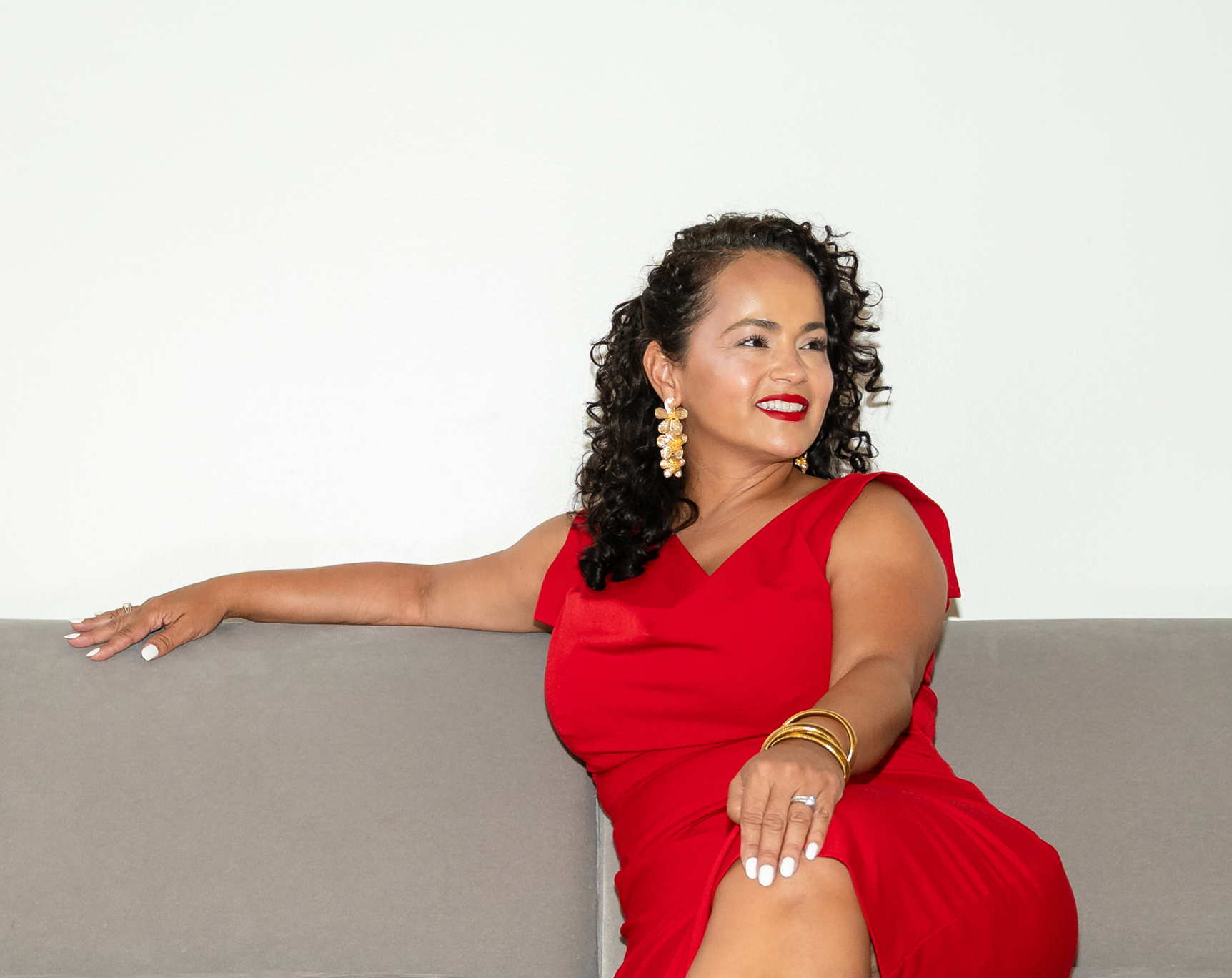Skin is not just an organ—it is an archive. In its layers, laughter, sleepless nights, loss, and genetic inheritance are inscribed; every fold is memory, every line a testimony. Faced with this complex territory, hyaluronic acid and biostimulators are not mere aesthetic techniques: they emerge as tools of a new cultural narrative, where science does not seek to erase but rather to respect, regenerate, and accompany the passage of time.
In an exclusive conversation with Topics That Transform, Dr. Guadalupe Villa—renowned aesthetic medicine specialist and director of CLÉO Anti Aging & Spa—opens the doors to an essential dialogue: what do these molecules truly mean beyond marketing, and why have they become the cornerstones of an aesthetic movement demanding authenticity?
Por Claudia Valdez
EXCLUSIVE ENTERVIEW:

Hyaluronic Acid: Water, Volume, and Emotional Architecture
Hyaluronic acid is far more than the filler that pop culture has reduced to “plumped lips.” It is, in reality, a molecule naturally produced by the body, capable of attracting up to one thousand times its weight in water. Its role is not only to hydrate but also to cushion the impacts of time, preserve elasticity, and sustain the turgidity we associate with youth and vitality.
When applied in aesthetic medicine, it becomes a silent sculptor: redefining contours, restoring lost volume, and reviving skin’s natural glow—without erasing the essence of the face. As Dr. Villa explains: “This is not about caricatured features, but about restoring the skin’s ability to hold itself naturally. Proper use of hyaluronic acid results in faces that are hydrated and delicately stylized, never exaggerated.”
Biostimulators: The Art of Awakening the Latent
If hyaluronic acid acts as water that replenishes, biostimulators function as seeds. These substances, injected into the deeper layers of the dermis, call on fibroblasts to produce new collagen and elastin fibers. Their effect is not immediate but gradual, like a long-awaited awakening: skin that becomes firmer, more luminous, and structurally resilient from within.
As Dr. Villa notes: “The true value of biostimulators lies in activating the skin’s own regenerative capacity. They do not impose; they awaken what is already there, allowing for sustainable, personalized results.”
Beyond Technique: A Cultural Shift in Beauty
The fascination with instant volume is fading. What emerges today is the pursuit of cutaneous resilience: skin that does not hide its history, yet remains radiant, expressive, and firm. This is the fundamental difference between fleeting trends and purposeful protocols: aesthetics is no longer a disguise—it is a strategy of health and well-being.
In this sense, hyaluronic acid and biostimulators become cultural metaphors. They do not represent the denial of time but the possibility of engaging with it. They embody a scientific response to a social demand: to look good without ceasing to be oneself.

The Ethics Behind the Needle
This paradigm shift requires responsibility. Risks are real: poorly performed injections can result in asymmetries, nodules, or even necrosis from vascular occlusion. The difference lies not in the molecules but in the expertise of the practitioner.
For this reason, Dr. Villa insists on rigorous protocols: anatomical mapping, personalized product selection, reversal plans, and above all, an ethical vision. “It is not the technique that creates beauty—it is the intention behind it. Our duty is to accompany the patient, not to transform them into someone unrecognizable.”
Conclusion: Beauty as an Act of Resistance
Hyaluronic acid and biostimulators are neither trends nor artifices: they are the bridge between science and culture, between memory and future. They mark the transition from an aesthetic of immediacy to an aesthetic of consciousness.
Skin, as a living archive, deserves more than filters—it deserves science applied with purpose, protocols that transform from within, and a beauty that is not only seen but felt as truth.




